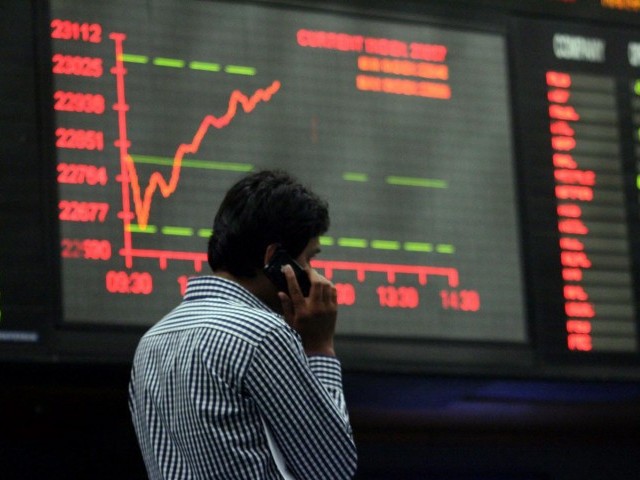
Cement Stocks Rise on News of Demand Stimulation

Cement stocks have posted gains following the Cabinet’s decision to provide financial resources for purchasing part of the industry’s excess output, and the parliament’s approval for renovation of rural areas.
Tehran Stock Exchange’s cement index rose 13.20 points or 1.85% on Monday to reach 725.70 after it suffered two days of consecutive losses and was struggling to budge for the past month.
The purchase proposition had been in the making for quite some time. The Ministry of Roads and Urban Development announced back in August that it planned to boost domestic demand for the industrial material by purchasing up to 2 million tons of the excess output.
The required financial facilities will be provided by Bank Maskan by issuing letters of credit.
According to Roads and Urban Development Minister Abbas Akhoundi, the industrial material will be used in the construction of runways, roads and buildings.
In a Sunday Cabinet meeting, President Hassan Rouhani tasked Interior Minister Abdolreza Rahmani-Fazli to identify Tehran City’s time-worn buildings and take measures to upgrade their safety standards, Bourse Press reported.
The measure is expected to further boost local demand for cement. The decision was taken in the wake of the devastating collapse of Tehran’s Plasco building last week. The 17-floor commercial high-rise burned down on Thursday.
Several people have been confirmed dead; many more are still missing. Plasco was built in the 1960s.
Majlis Development Commission has identified 10,000 rural areas for renovation, which is expected to create a 12-million-ton demand for cement.
Iran’s cement industry is currently in hot waters, as faltering domestic demand and loss of export destinations have caused tons of cement to be piled up in warehouses. Plants, though operating at minimum capacity, have a hard time marketing their products.
Iran is currently the world’s seventh largest cement producer, as it dropped three steps last year due to its plummeting production. Production reached 58.6 million tons in 2015, down 12% year-on-year, according to CEA data.



Trump weighs using $2 billion in CHIPS Act funding for critical minerals

Codelco cuts 2025 copper forecast after El Teniente mine collapse

Electra converts debt, launches $30M raise to jumpstart stalled cobalt refinery

Barrick’s Reko Diq in line for $410M ADB backing

Abcourt readies Sleeping Giant mill to pour first gold since 2014

Nevada army depot to serve as base for first US strategic minerals stockpile

SQM boosts lithium supply plans as prices flick higher

Viridis unveils 200Mt initial reserve for Brazil rare earth project

Tailings could meet much of US critical mineral demand – study

Kyrgyzstan kicks off underground gold mining at Kumtor

Kyrgyzstan kicks off underground gold mining at Kumtor

KoBold Metals granted lithium exploration rights in Congo

Freeport Indonesia to wrap up Gresik plant repairs by early September

Energy Fuels soars on Vulcan Elements partnership

Northern Dynasty sticks to proposal in battle to lift Pebble mine veto

Giustra-backed mining firm teams up with informal miners in Colombia

Critical Metals signs agreement to supply rare earth to US government-funded facility

China extends rare earth controls to imported material

Galan Lithium proceeds with $13M financing for Argentina project

Kyrgyzstan kicks off underground gold mining at Kumtor

Freeport Indonesia to wrap up Gresik plant repairs by early September

Energy Fuels soars on Vulcan Elements partnership

Northern Dynasty sticks to proposal in battle to lift Pebble mine veto

Giustra-backed mining firm teams up with informal miners in Colombia

Critical Metals signs agreement to supply rare earth to US government-funded facility

China extends rare earth controls to imported material

Galan Lithium proceeds with $13M financing for Argentina project

Silver price touches $39 as market weighs rate cut outlook

















